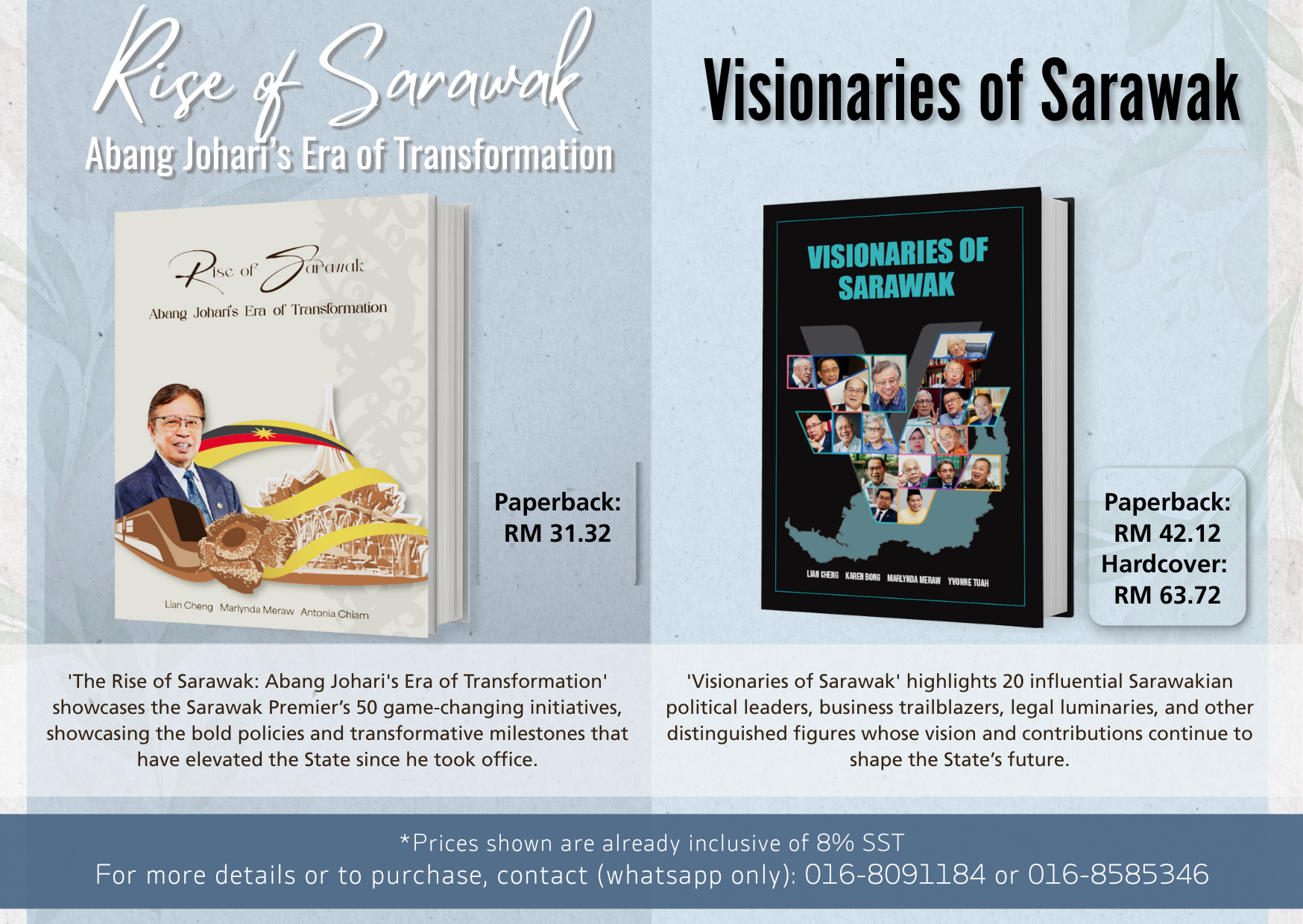
By Wilfred Pilo
KUCHING, Sept 15: Punan National Association co-founder Calvin Jemarang hopes the authority will recognise their race as a single ethnicity in Sarawak.
Calvin who is one of the association’s 12 co-founders said the Punan is currently classified as a Kajang sub-group.
He added under the Kajang sub-group, there are namely the Sekapan, Kejaman, Lahanan, Punan, Tanjong, and Kanowit.
“My wish is that somebody in the authority has the power to rectify this so that this would not mislead the younger Punans.
“If you (the authority) continue to define our race as a Kajang sub-group, you are slowly erasing Punans’ identity.
“We won’t be known as Punan today or tomorrow,” he told reporters after his talk titled “Punan Stories of Their History” at the Borneo Cultures Museum Auditorium here today.
Calving revealed that the Kajang sub-classifications were only invented in the 1940s while the Punans’ existence was recorded in 1914 and even earlier in their oral record.
He said the Punan was also found along the Rejang River from Kanowit to Belaga before the Brooke era and there is evidence of their existence there.
He added currently the population of Punan in Sarawak numbers between 6,000 to 6,500 and is mostly in the central region of Sarawak in Tatau and Bintulu districts.
“Punan in the city, Balingian, and Saduan became Melanau but those in Tatau and Bintulu remained status quo. Those who converted to Islam as well had changed their identity,” he lamented.
According to Calvin, due to the current sub-group classification, the Punan people are only mentioned in passing, and people cannot truly understand their complex history and vibrant traditions.
Calvin said many people and even Sarawakians could not differentiate the Punan from the Penan.
He explained that the Punan and Penan speak different languages and have different cultures.
“The only similarity is that we are all Sarawakians and happen to have names that sound the same.
“So we hope the talk will let people know who the Punans are and our history, and secondly not confuse and misrepresent us, and (thirdly) to be classified as a race and not as a group.
“We want to be known as a single race or ethnicity like the Iban, Bidayuh, Kayan Kenyah etc,” he said.
In his talk, Calvin highlighted and traced the history of the Punan people from before 1600, 1600 to 1861, and from 1861 to 1946. He also spoke on the development of the ‘Klireng’ (burial pole) that has cultural and spiritual roles in Punan society.
Calvin said members of the public who wanted to find out more about the Punan in Sarawak could get a copy of his book titled “Punan Myths and Legends” that is sold for RM85 a copy.
“The book could spark public interest and debate about the true identity and history of the Punan,” he said. — DayakDaily








